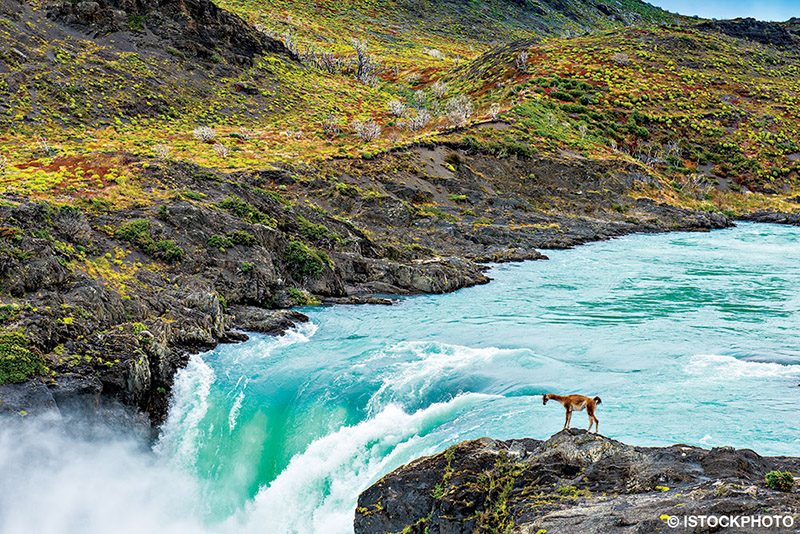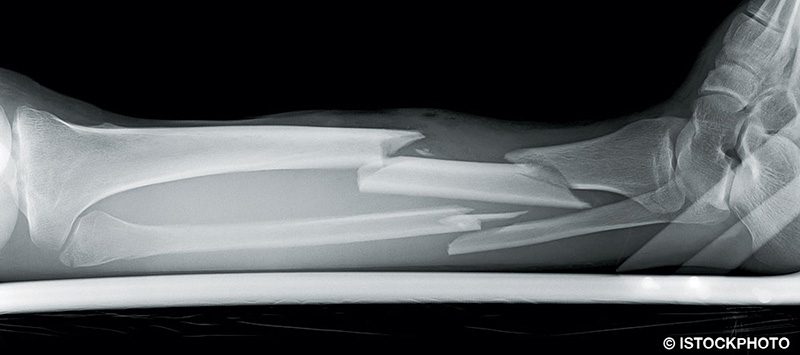Patagonia, Chile, is one of the most naturally beautiful regions in the world, with its stunning juxtapositions of deep-blue fjords cut between islands with mountain peaks that soar into the clouds. The region, known for its diverse wildlife, is characterized by violent and unpredictable weather. The weather makes air travel uncertain year-round and permits only the most intrepid seafarer to pursue the natural bounty within its unknown and unsure waters. More than anything, however, Patagonia is known for being remote.
All of these factors contributed to my decision to attend a National Outdoor Leadership School (NOLS) course in the Chonos Archipelago of Chilean Patagonia in spring 2017. NOLS is an outdoor education program that organizes trips for children, teens and adults to learn the necessary survival and leadership skills to safely navigate through potentially uncharted or unknown territory.

I chose one of the most challenging and rigorous courses NOLS offers: a full semester in the most remote parts of one of the most remote places on earth. Our semester would consist of three sections: a 30-day kayak trip in the archipelago, a 30-day mountaineering expedition on the northern ice sheets (one of the largest contiguous glaciers north of Antarctica) and a 10-day solo trip, planned by students to be done at the end of the semester without the assistance of the trip leaders. Students split into two groups: one to kayak first and the other to mountaineer first. I was in the kayak-first group and made it just 20 days when disaster struck.
We were deep into the planned route of our kayak trip by the 20th day. We moved along at a decent clip, about 20 miles per day, jumping from island to island, where we would set up camp every night along the beach. This particular night, we camped on a pebble beach between two large, rocky cliff structures that formed a natural barrier from the wind. At sunset we began settling into our tents; when nature called, I put on my boots and scrambled over a cliff to do my business.
The waters surrounding our campsite have enormous semidiurnal tidal fluctuations, which are largely due to the latitude and the shape of the surrounding fjords. This meant that at high tide the cliffs adjacent to our campsite were totally submerged, providing a perfect environment for algae and other marine fauna to grow on the rocky cliff face. At low tide these cliffs can turn into a slippery death trap for an unsuspecting passerby, such as myself. On my way back to the campsite, my headlamp reflected off a pair of glowing green animal eyes, and in that split-second of distraction I lost my footing on the algae, which sent me tumbling head over heels more than 10 feet down the cliff face. I landed on my left foot with the full force of my body.

After hearing something crack with a sound not unlike breaking wood, my vision spun. The pain was unlike anything I have ever experienced, and it caused me to immediately and involuntarily expel my evening meal. I couldn’t breathe or speak for what felt like an eternity, but after what in reality was close to 30 minutes I was finally able to cry out for help, and my group members came to my rescue. Once back at camp it did not take long to establish that the injury was significant. Between the deep purple shade traveling up my leg and the near-immediate swelling, it was clear that something was broken.
The next challenge was to get from this remote area to further medical attention, which was much more easily said than done. Our location made air evacuation impossible, leaving boat evacuation as the only way to go. At this point foul weather seemed to be the only thing missing from this series of unfortunate events, but it soon came. A storm that prevented all craft from leaving their harbor to come to us gave me 36 additional hours of beach time. I was finally loaded onto a boat and took my last glimpse of that fateful beach. As we motored away, I knew my journey was far from over.
My first boat ride took four hours but was only a one-hour car ride from my second boat. My second boat trip was just an hour, but once ashore I had to ride in the back of a truck for an hour and a half. After that I switched rides and was able to ride inside the car for the next four hours. Then we finally reached paved roads, which led me back to Coyhaique, Chile, where the NOLS base was located. From there the story is less exciting, as it is mostly about medical appointments and less-complicated travel back to the United States, where my tibia was confirmed as broken and my care concluded.

At this point you may be asking yourself, “What the heck does all this have to do with DAN®?” I have been a diver all my life, and I have had DAN insurance since I got certified at 11 years old. I have always known that DAN would be there for me if I got into a tight spot underwater or at sea, but as I sat there at my kitchen table with my leg in a cast, looking through a huge pile of medical and evacuation bills, DAN insurance was the last thing on my mind.
Luckily, I reached out to my close friend James, who is a DAN Pro and DAN Business Member; he advised me to call DAN because he had heard about them assisting members with situations like this in the past. It turns out they still do.
DAN was there for me like they always have been. My bills from the evacuation nearly ruined me financially, and I couldn’t see an escape, but the woman at DAN I spoke to on the phone couldn’t have been more helpful. She helped me file a claim, and once it went through I realized that the only thing my accident ruined was my trip.
Thanks to DAN, I might one day be able to afford a trip back to Patagonia so I can finish what I started. Next time I’ll be sure to avoid the cliffs.
SHARE YOUR STORY
Has DAN been there for you? Tell us about it at .
© Alert Diver — Q2 Spring 2019